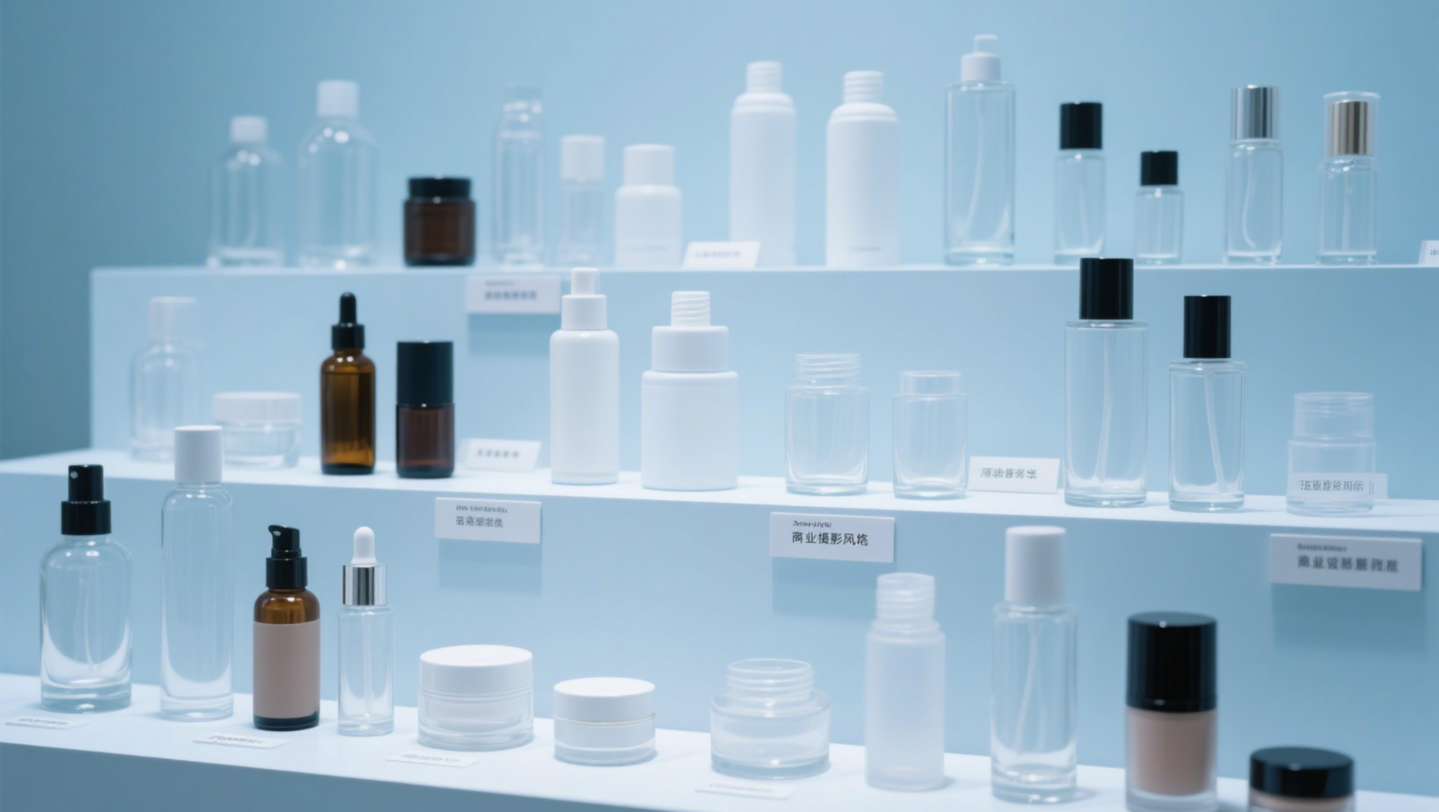2025-04-26
This article comprehensively compares glass and plastic for skincare packaging. It analyzes their environmental impacts, safety for product preservation, user experience, practicality, and cost considerations. By presenting the pros and cons of each material, it helps consumers and brands make a well - informed choice based on their priorities.
Details
When it comes to skincare packaging, the choice between glass and plastic bottles has become a topic of increasing concern for both consumers and brands. Let's explore the key factors to help you make an informed decision.
Environmental Impact
Glass bottles are highly recyclable and can be reused indefinitely without losing quality. They are made from natural materials like sand, soda ash, and limestone, which are abundant and non-toxic. However, their production requires more energy and emits more carbon dioxide compared to plastic. Plastic bottles, usually made from petroleum-based polymers such as PET or HDPE, are lightweight and cost-effective in transportation. But they are not fully biodegradable, and improper disposal can lead to microplastic pollution in ecosystems. Only about 9% of plastic waste worldwide gets recycled, making them a major environmental concern.
Safety and Product Preservation
Glass is inert, meaning it doesn't react with skincare ingredients like serums, creams, or oils. It won't leach harmful chemicals such as BPA (bisphenol A) or phthalates into the products, which is crucial for sensitive skin or high-end formulations. Glass also provides excellent barrier protection against light (especially when combined with amber or blue tints) and air, preserving the stability of active ingredients like vitamin C or retinol.
Plastic bottles, on the other hand, may interact with certain formulations over time. For example, essential oils or alcohol-based products can break down plastic polymers, potentially contaminating the product. While most cosmetic-grade plastics are BPA-free nowadays, other additives might still migrate into the formula, especially under high temperatures or long-term storage.
User Experience and Practicality
Glass bottles offer a luxurious feel and aesthetic appeal, often preferred by premium brands. They are durable in terms of chemical resistance but are fragile and prone to breaking. This makes them less suitable for travel or outdoor use. Plastic bottles, however, are shatter-resistant, lightweight, and can be molded into various shapes and sizes. They are more convenient for on-the-go use and are often designed with squeezable textures for easy product dispensing, which is great for lotions or gels.
Cost Considerations
Glass packaging tends to be more expensive due to higher production, transportation, and packaging costs. It is a popular choice for luxury brands that prioritize product integrity and brand image. Plastic packaging is more economical, making it suitable for mass-market products where cost-effectiveness is a key factor.
The Verdict: Choose Based on Your Needs
There is no one-size-fits-all answer. If you value sustainability, product purity, and a premium experience, glass is the better option, especially for high-concentration serums or sensitive skin products. If portability, cost, and impact resistance are more important, plastic might be preferable, though opt for recyclable and high-quality plastic types like PCR (post-consumer recycled) plastic to reduce environmental impact.
Ultimately, the best choice depends on balancing your priorities between environmental responsibility, product safety, usability, and budget. As the beauty industry moves towards more sustainable practices, both materials are evolving, with glass improving in lightweight designs and plastic focusing on recyclability and bio-based alternatives.

